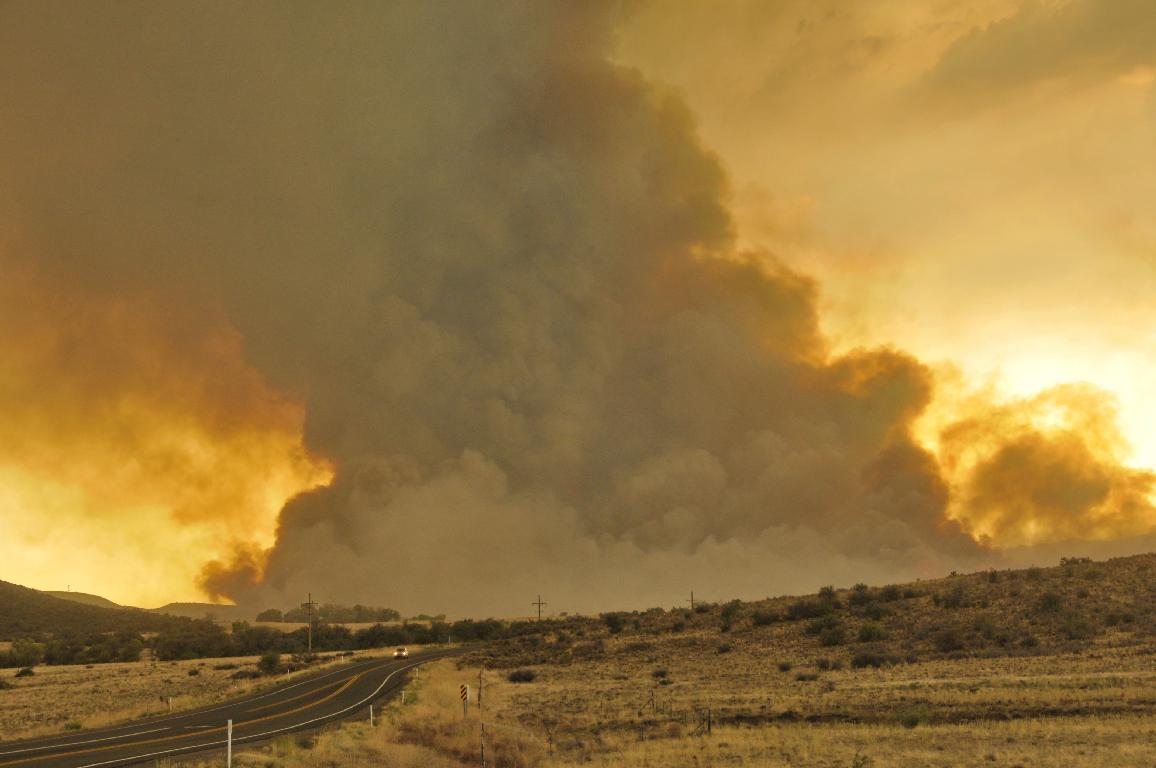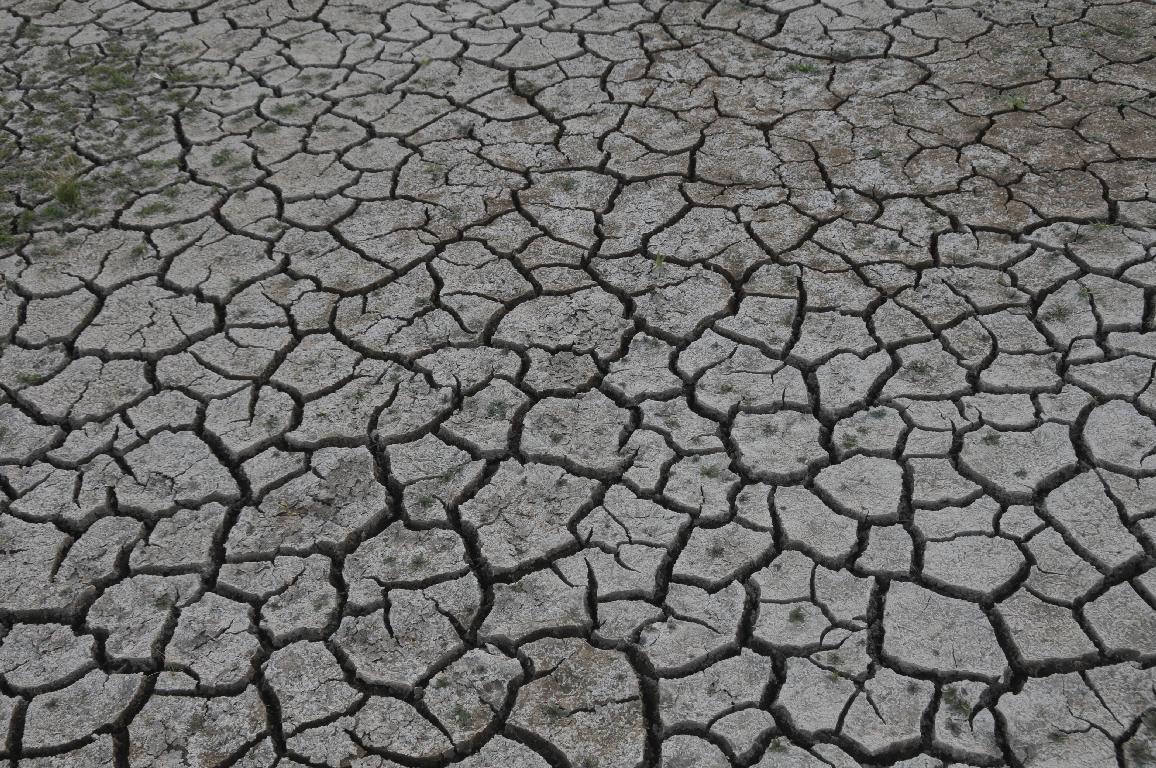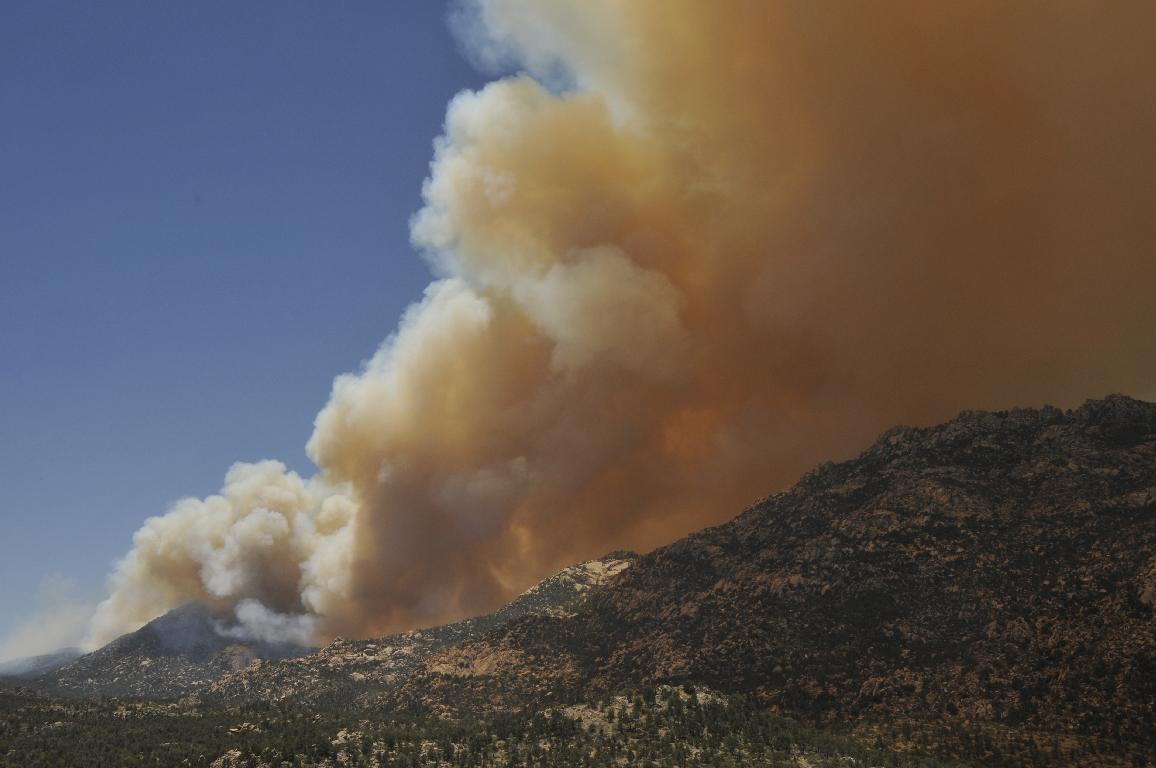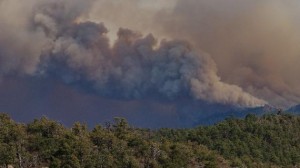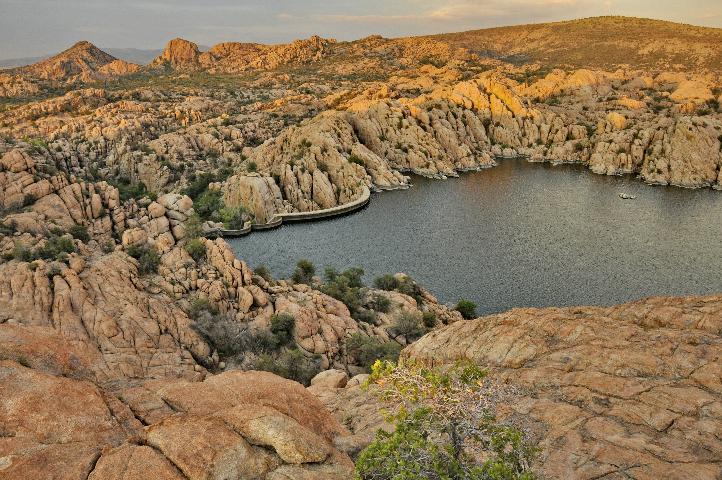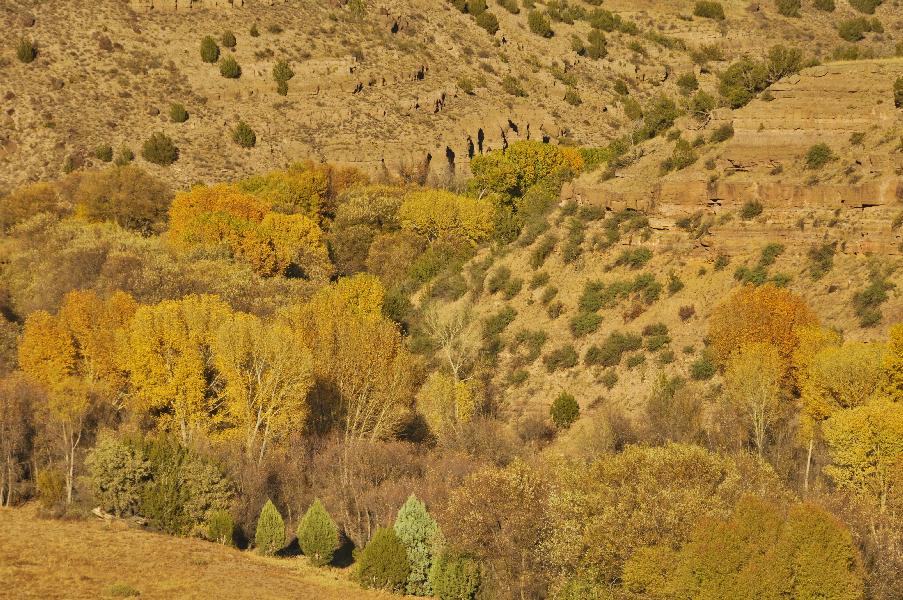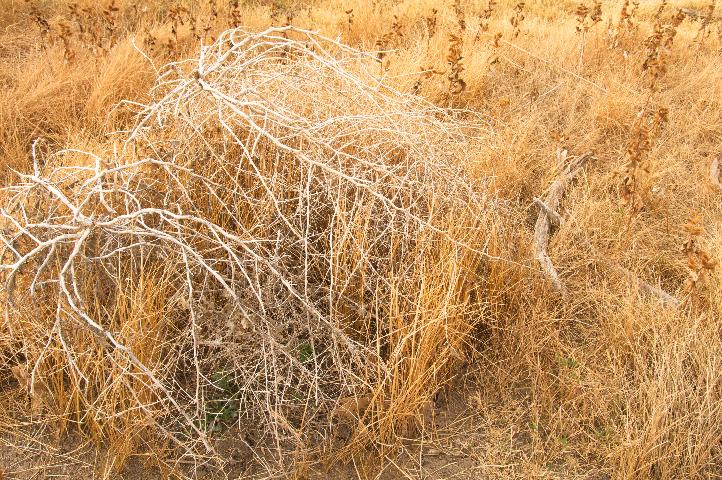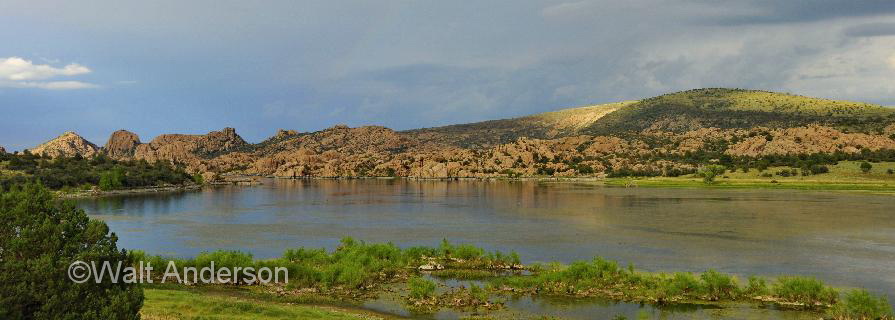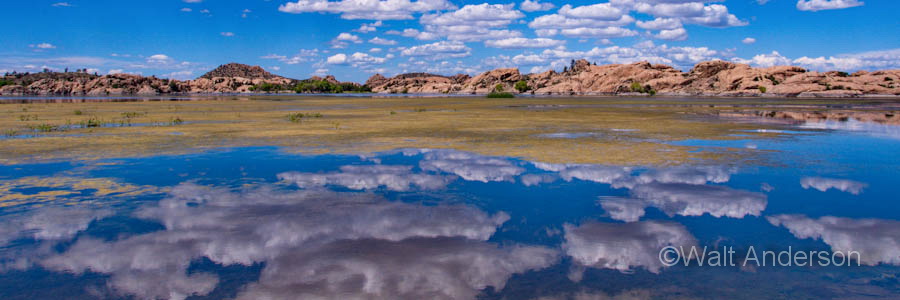29 June 2013. Prescott, Arizona. At Granite Mountain, eleven days after the eruption of the big Doce Fire, the smoke has cleared—mostly. There are still hot pockets (inedible ones) with potential for flames to rise from the ashes and run amok again. Mother Nature teases us with clouds trailing virga—and even a few drops of liquid that reach the ground—but the hot winds accompanying the clouds continue their mischief, and dry lightning ignites new blazes around the county. A microburst (sorry, not an artisan brew) takes down trees in town and starts a fire. The firefighters are still out there at the mountain, and aircraft drone overhead on their missions of attempted control. But for most of us, the adrenalin has subsided; our fears have receded.
30 June 2013. One of those fires started two days ago happened to be in Yarnell, and today it erupted into the disastrous fire that took the lives of 19 members of the Granite Mountain Hotshots, the same folks who fought the Doce Fire and, in the process, saved the sacred ancient juniper that may have watched the comings and goings of wildfire for millennia. I was photographing the aftermath of the Doce Fire when I saw the terrible black cloud rising to the south, so I raced down there and watched from a safe distance as the flames engaged in the chaotic dance of pyrotechnics triggered by an advancing monsoonal cell. I heard and saw the screaming influx of ambulances and feared for the worst—but it was even worse than my greatest fears.
Two major local disasters by fire in Yavapai County within two weeks. Sorrow and grieving for beloved Granite Mountain (clearly personified in the emotions of many) and the brave firefighters dominate discussion.
28 July 2013. Now a month later, our wounds healing with time, we can look at the context of these fires with a bit more rationality—or at least we should. “Don’t mess with Mother Nature” is a common phrase, and it exemplifies our tacit willingness to shift responsibility to a perceived natural deity rather than accepting an obligation to live our lives as informed citizens of Planet Earth. Continue reading

